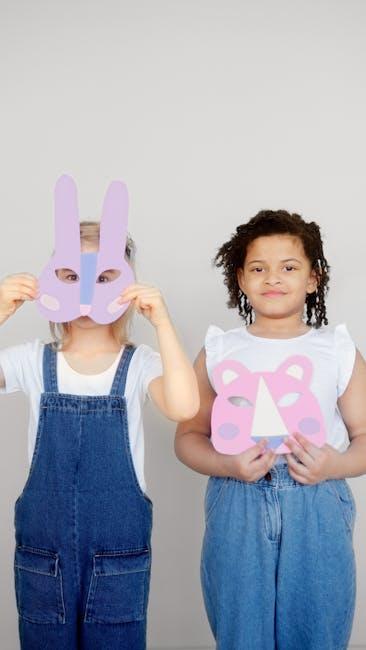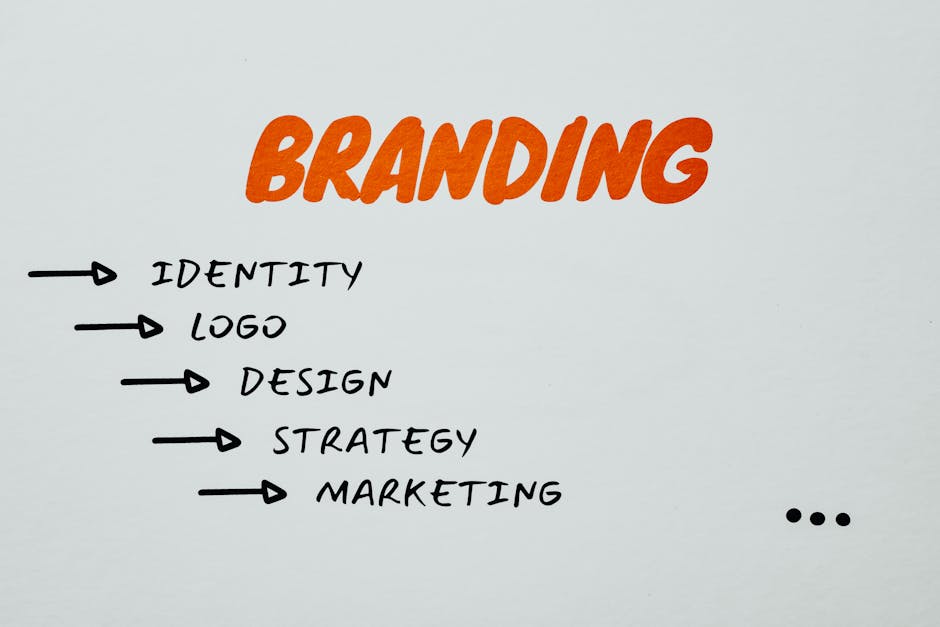
Have you ever wondered why certain logos seem to hypnotize you into buying their products? Well, it turns out there’s a method to their madness – the secret lies in the psychological power of colors! That’s right, dear reader, strap in as we peel back the layers of rainbow-colored onion that is logo design and discover just how much your favorite brands are manipulating your emotions. Get ready to see red, feel blue, and turn green with envy as we delve into the fascinating world of color psychology in logo design!
The Impact of Color on Consumer Perception
Have you ever wondered why you suddenly crave a cheeseburger when you see a red and yellow McDonald’s sign? Or why you feel calm and serene when walking into a spa with a calming blue color scheme? Turns out, is a powerful force that many businesses use to their advantage.
Here are a few ways that color can influence how we perceive products and brands:
- Red: This color is associated with passion, excitement, and urgency. It can evoke feelings of hunger and impulse buying, which is why it’s often used in fast food logos and advertisements.
- Blue: Blue is known for its calming and trustworthy qualities. It’s often used by tech companies and financial institutions to establish credibility and convey a sense of security.
- Green: Green is associated with nature, health, and wealth. Brands in the organic food industry often use green to convey their commitment to sustainability and health-conscious consumers.
Overall, the colors used in branding and marketing play a significant role in how consumers perceive a product or brand. So next time you’re making a purchase decision, take a moment to consider the colors surrounding you – they may be influencing your choices more than you realize!
Understanding the Psychology Behind Color Choices
Have you ever wondered why you’re inexplicably drawn to that bright pink shirt in your closet? Or why you can’t seem to resist buying every item in that gorgeous shade of turquoise? Well, my friend, color psychology might just have the answers you’ve been looking for.
Colors have a way of affecting our mood and behavior in ways we might not even realize. For example, did you know that red is often associated with passion and energy? So next time you’re feeling a bit sluggish, maybe throw on that red dress and see if it gives you that extra boost of motivation.
On the other hand, blue is often seen as calming and peaceful. So if you find yourself stressed out, surround yourself with some calming blue hues and see if it helps soothe your frazzled nerves.
And let’s not forget about yellow, the color of sunshine and happiness. So why not add a pop of yellow to your wardrobe or home décor and see if it brings a smile to your face?

The Role of Color in Brand Identity
Color is not just for rainbows and unicorns, it also plays a crucial role in brand identity. Choosing the perfect color scheme can make or break a company’s image. Here are some ways in which color impacts how a brand is perceived:
– **Emotional Connection**: Different colors evoke different emotions. For example, **red** is passionate and energetic, **blue** is calming and trustworthy, and **yellow** is cheerful and optimistic. By choosing the right color palette, a brand can create an emotional connection with its audience.
– **Stand Out from the Competition**: In a sea of bland and boring competitors, a bold and vibrant color scheme can help a brand stand out. Just imagine a world where every fast-food chain used the same colors as McDonald’s – it would be a very confusing place indeed!
– **Consistency is Key**: Once a brand chooses its colors, it’s important to stick with them. Consistent use of color across all marketing materials helps to reinforce brand recognition. Imagine if Coca-Cola suddenly started using **purple** instead of **red** – it would be like seeing a **unicorn** at a dairy farm!
In conclusion, cannot be underestimated. So next time you’re choosing colors for your brand, remember to think about how they will make your audience feel, how they will help you stand out, and how they will ensure consistency in your brand image. And remember, just because **pink** is your favorite color, doesn’t mean it’s the best choice for your law firm’s branding!
Using Color to Elicit Emotions and Behaviors
When it comes to , it’s like being a magician with a paintbrush. You have the power to make people feel all sorts of ways, just by choosing the right shades. It’s like playing a game of emotional charades, but instead of acting things out, you’re just waving some colors around.
So, what colors should you use to get the reactions you want? Let’s break it down:
- Red: The color of passion and excitement! Use this if you want people to feel fired up and ready to take action. Just be careful not to overdo it, or your audience might end up feeling like they’re trapped in a never-ending episode of Jersey Shore.
- Blue: Calm and tranquil, like a serene ocean on a sunny day. If you want to create a sense of peace and relaxation, blue is your go-to. Just don’t be surprised if your audience starts dozing off—blue has that effect on people sometimes.
- Yellow: The color of happiness and sunshine! If you want to inject some cheer into your audience’s day, bust out the yellow paint. Just make sure you’re not using too much, or your presentation might start to look like a McDonald’s ad.

Choosing the Right Colors for Your Logo Design
When it comes to , it’s important to keep in mind that colors have different meanings and can evoke different emotions. Here are a few tips to help you pick the perfect colors for your logo:
- Consider your brand personality. Are you fun and playful, or serious and professional? Choose colors that reflect the vibe you want to convey.
- Think about your target audience. Are they young and trendy, or older and more traditional? Pick colors that will appeal to your demographic.
- Don’t go overboard. While it’s tempting to use every color of the rainbow in your logo, less is often more. Stick to 2-3 colors to keep things simple and memorable.
Remember, each color has its own unique symbolism. For example, red can symbolize passion and power, while blue is often associated with trust and reliability. It’s important to choose colors that not only look good together but also align with your brand values.
Ultimately, the colors you choose for your logo will play a big role in how your brand is perceived. So take the time to think about what message you want to send and pick colors that speak to that message. After all, a well-designed logo can make a world of difference in how your brand is perceived!
FAQs
Why are certain colors used more often in logos than others?
It’s not because the designers are playing favorites with the color wheel. They carefully select colors based on the psychological impact they have on the human brain. It’s all about manipulating your emotions without you even realizing it! Sneaky, right?
Can a logo color really influence consumer behavior?
Absolutely! Just like how a red cape can make a bull charge or a green light signals you to go, colors in logos can trigger specific responses in your brain. It’s like pushing buttons, but with colors instead of fingers.
What does the color blue signify in logo design?
Blue is the color of trust, reliability, and tranquility. So, when you see a logo drenched in blue, it’s basically whispering, “Trust me, I won’t let you down.” It’s like having a comforting hug in logo form.
Why do fast-food chains often use red and yellow in their logos?
Because those colors are like the express lane to your hunger center. Red stimulates your appetite, while yellow makes you think of speed. It’s a cunning strategy to make you scarf down those fries faster than you can say “supersize me.”
Can changing the color of a logo really impact brand perception?
Oh, absolutely! It’s like giving your brand a makeover without the hassle of plastic surgery. A simple change in color can make your brand go from “meh” to “wow” in the eyes of consumers. It’s like magic, but with a Pantone chart.
Color Your Logo with Psychological Power!
Next time you look at a logo, remember that the colors aren’t just there to look pretty – they’re there to mess with your mind! From trusty blue to fiery red, each shade has a psychological impact that can make or break a brand. So, designers, choose your colors wisely and let the psychological power flow through your logo designs. Who knew a little color could have so much influence? So go forth, brave designers, and color the world with your psychological prowess!











